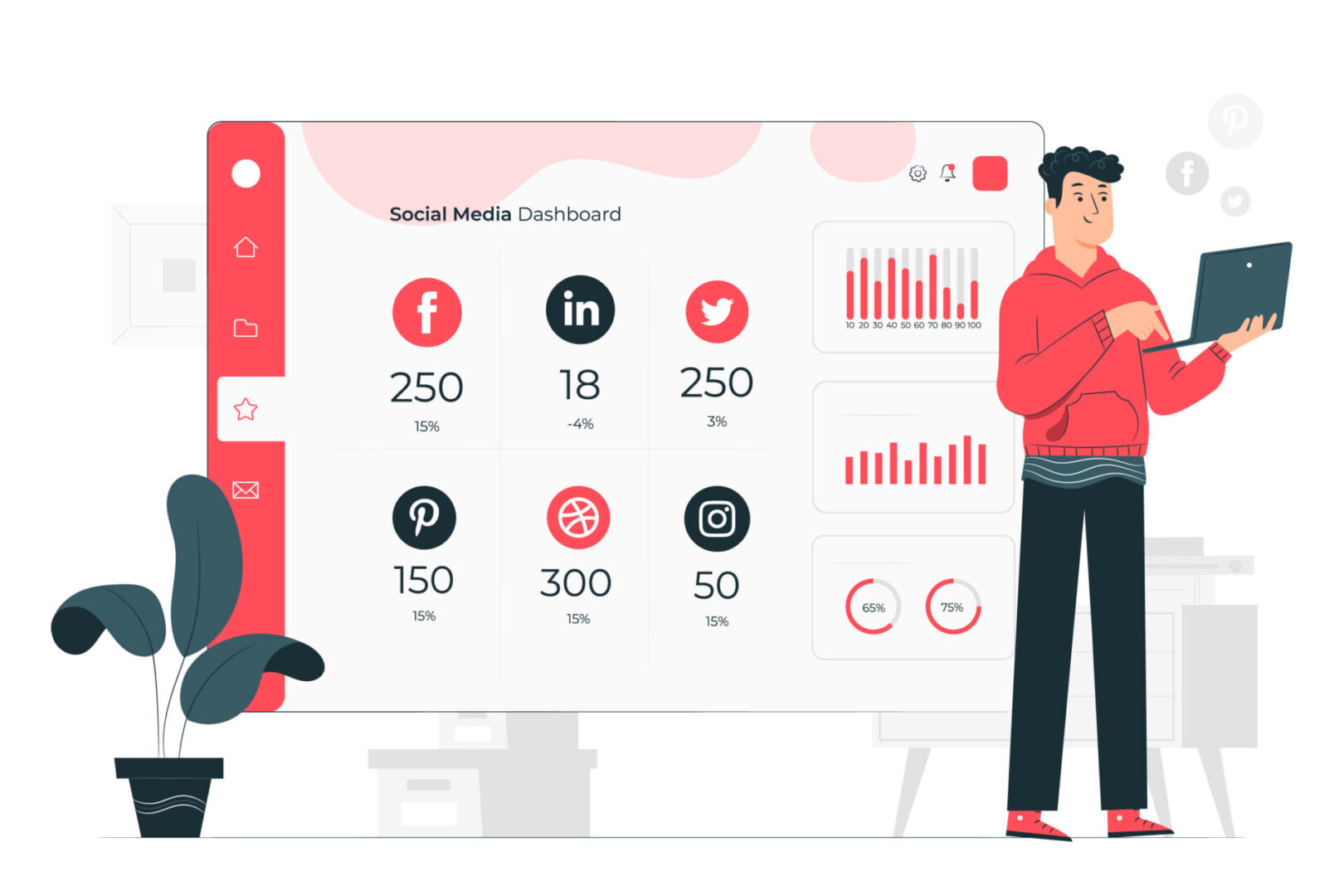Online blogging
Many modern businesses see online blogging as a useful tool for building brand awareness, reaching new audiences and driving online traffic to their sites. However, it’s not always straightforward to get started writing blog posts that are relevant and interesting to your target audience. In this blog post, we explore the benefits of maintaining an online blog as part of your marketing strategy and give you some tips on how to get started creating one.
What is a blog?
A blog is a website that serves content in the form of articles, images and videos that are created on a regular basis by the site owner (blogger). Blogs provide an effective way for businesses to engage with their target audiences, drive awareness of their products and services and generate leads. Blogs can be hosted on your own website, on a third-party blog platform, or on a content management system (CMS). The term ‘blog’ was first coined in 1999 (previously called a weblog) by the online community that used the software application we now know as a CMS to regularly share their thoughts and opinions on a particular subject. A blog can be about pretty much anything, as long as there is a regular flow of original and engaging content created by the author.
Why maintain an online blog?
A blog is a great way to build your online brand and drive traffic to your website. It also gives you the opportunity to be more personable and build trust with your audience. You can use it to showcase your expertise in your field and provide helpful, relevant content. Having a blog on your website is one of the best ways to create content that engages potential customers and increases your search engine visibility. A blog can help you rank higher in search engines by giving search engines more to crawl and index. Your blog posts can also link back to your website, which helps drive even more traffic to your site. Additionally, blogging gives you a great opportunity to collect leads and build your email database. You can do this by including a call-to-action (CTA) in your blog posts, such as “subscribe to our mailing list” or “sign up for our newsletter.” You can also ask questions in your blog posts that require readers to leave their email address in comments.
Which blogging platform is right for your business?
There are many different blogging platforms available online, each with their own strengths and weaknesses. To choose the right blogging platform for your business, consider the following factors: Blogging platform availability: Is your blogging platform available in multiple languages? Are there any language restrictions? Blogging platform cost: What is the cost of your blogging platform? Are there any other associated costs? Blogging platform hosting: Is the hosting provided by your blogging platform reliable? How scalable is the hosting solution? Blogging platform scalability: Does your blogging platform allow you to create a sustainable model that can be scaled as your business grows? Level of support provided by your blogging platform: What level of support do you receive from your blogging platform? Is there a support team available 24/7? Blogging platform community: Is there a strong blogging community around your blogging platform? Can you connect with other bloggers using the platform? Blogging platform functionality: Is the functionality of your blogging platform easy to use? Is the user experience intuitive? Blogging platform compatibility: Does your blogging platform integrate with your other business applications? Blogging platform security: Is your blogging platform secure? Are there any security issues that need to be addressed?
Creating effective blog content
The first step towards creating effective blog content is to identify your target audience and create a persona that describes their demographics, purchasing journey, and any pain points your brand can solve. In order to attract your target audience, your blog content must be relevant, helpful and easy to consume. Here are some tips for creating effective blog content: – Define your blogging objectives: Before you start creating blog content, it is important to define your blogging objectives. Your blogging objectives should be clearly defined and measurable. Consider questions such as: Why are you blogging? What do you hope to achieve? How will you measure your success? – Create a detailed blogging strategy: Once you have identified your blogging objectives, you can create a blogging strategy to help you achieve your goals. Your blogging strategy should include topics you plan to cover, a blogging schedule and the tools you will use to create your content. – Identify your unique selling proposition (USP): Your USP can be defined as a single sentence that clearly identifies the perceived benefits of your product or service. Your USP should differentiate your brand from your competitors and show how your product or service solves a pain point for potential customers. – Create a brainstorming list: To get the creative juices flowing, it is helpful to create a brainstorming list. This can be done on paper or using a digital word processing application. Start with a basic brainstorming question such as “What should my blog post be about?” and note down anything and everything that pops into your mind. Once you have a list of potential topics, you can prioritize them based on their importance to your business.
Maintaining a blog as part of your digital marketing strategy
As we discussed earlier, blogging has many benefits for businesses, including increased website traffic. You can increase traffic to your website by creating regular blog posts that are useful and relevant to your target audience. This can be achieved by following these best practices: – Define your blogging goals: The first thing you should do is define your blogging goals. What do you hope to achieve by blogging? What are your objectives? Your blogging goals should be SMART: Specific, Measurable, Attainable, Realistic, and Time-bound. – Create a blogging strategy: Once you have defined your blogging goals, you can create your blogging strategy. Your blogging strategy should include topics you plan to cover, a blogging schedule, and the tools you will use to create your content. – Identify your blogging topics: The next step is to identify your blogging topics. It is best to write about topics that are relevant to your brand or industry. You can also write about topics that are of interest to your target audience. – Create a content calendar: A content calendar is a great way to keep track of your content. You can use a content calendar to map out your planned blog posts and other content, such as social media posts, emails, and newsletters. A content calendar allows you to schedule the date and publish date for each blog post, as well as take note of any other related tasks that need to be completed.
The benefits of having a corporate blog
Having a corporate blog can help you achieve many things, including more website traffic and more leads. There are many benefits to having a corporate blog, including the following: – Building trust with your audience: A strong brand is built on trust. When your readers start trusting you, they are more likely to buy from you. Having a corporate blog can help you build trust with your audience. – Creating a scalable content strategy: Blogging regularly helps you create a scalable content strategy. You can create new content at any time and publish it on your blog. – Increasing website traffic: Regular blogging can lead to more website traffic. More website traffic can lead to more leads. – Generating leads: Regular blogging can help you generate leads. You can use your blog to offer helpful and valuable information to your readers. – Building up your brand’s online presence: Regular blogging can help you build up your brand’s online presence.
Summary
A blog is a great way to build your online brand, drive traffic to your website, and generate leads. To create a successful blog, you need to start by understanding your target audience and creating a persona. Next, you should create a blogging strategy, define your blogging goals, and create a brainstorming list. Finally, you should maintain a regular blogging schedule and follow best practices to create effective blog content. Once you have a blog, you can increase website traffic, generate leads, and build up your brand’s online presence.





0 Comments